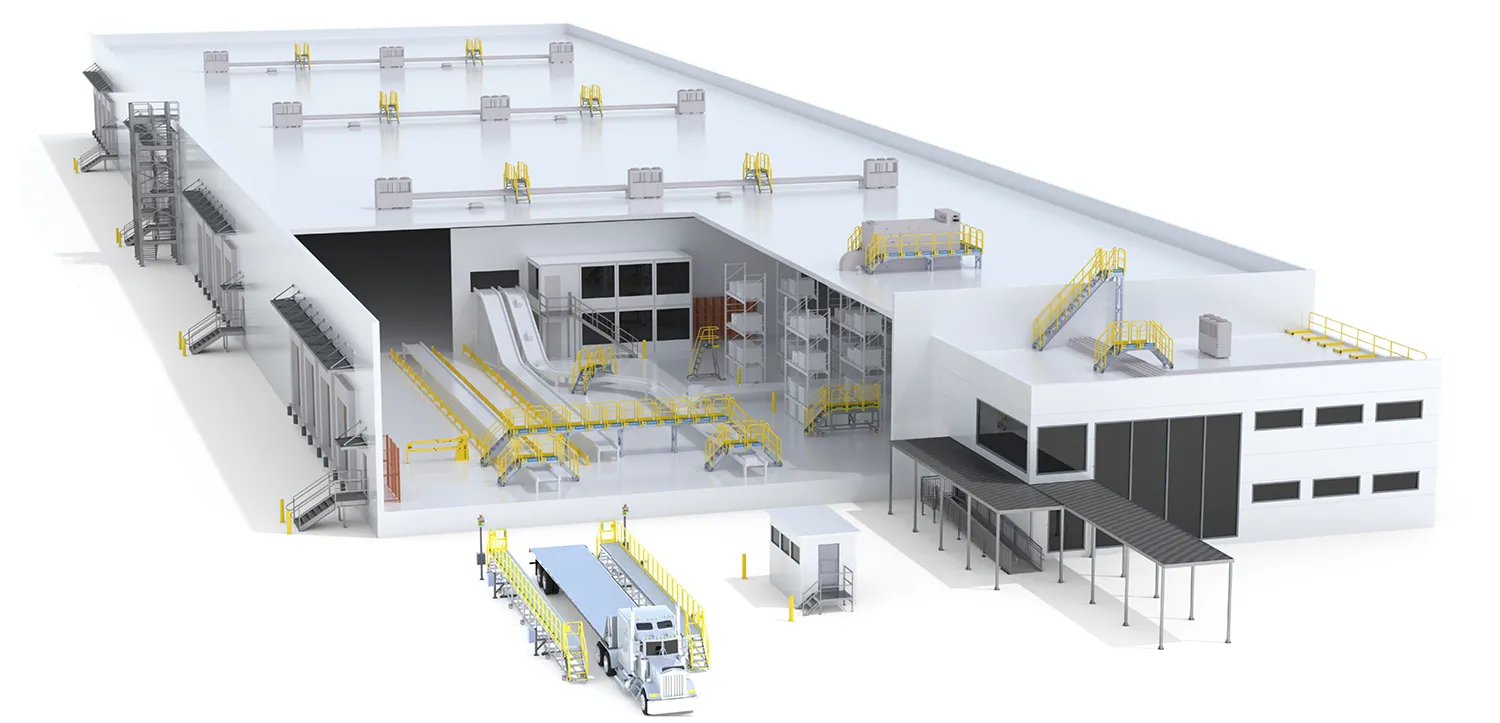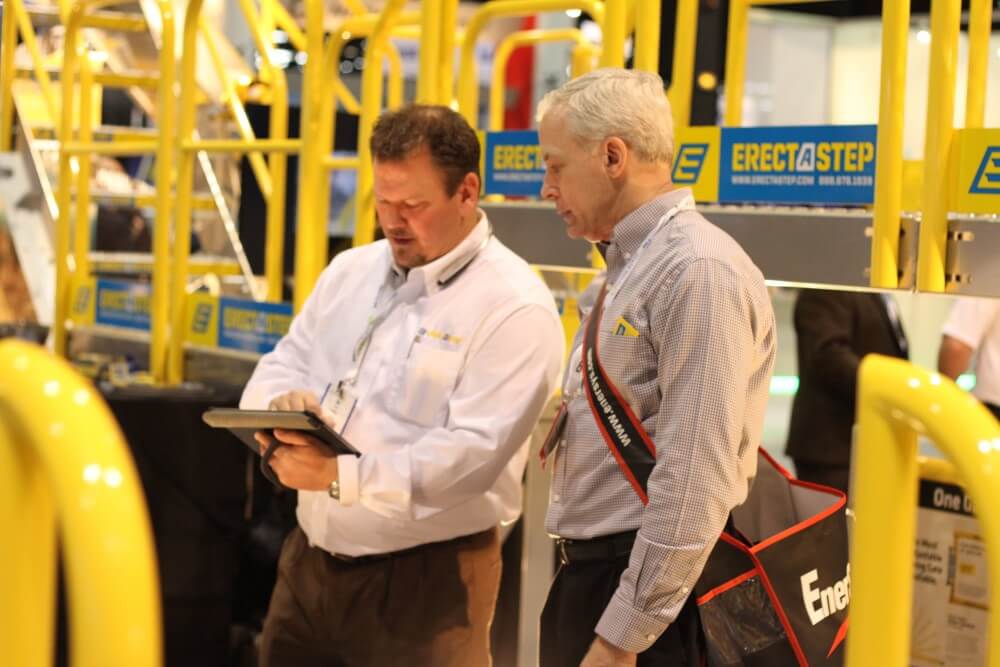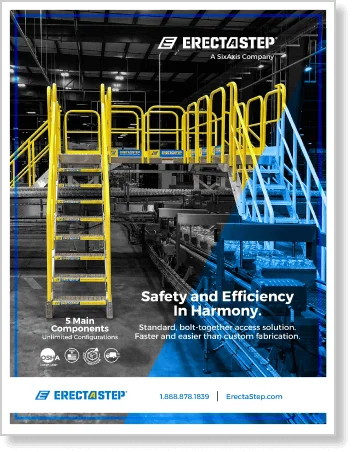A header plate is a structural component used in stair construction. It is where the stair stringers mount at the top of the staircase. It provides a secure and stable connection between the stringers and the supporting structure, helping ensure the overall stability and integrity of the stair assembly.

The header plate is mounted to the top of the stringer and the header, often using bolts or screws, to create a secure connection.
A header plate is a structural component used in stair construction, specifically designed to secure the top of stair stringers to the supporting structure, often referred to as the header. The header plate serves as the primary mounting point where the stringers – the inclined structural members that support the treads and risers of a staircase- are attached at the upper end of the stair run. This connection ensures the stairs’ overall stability and structural integrity.
The header plate is typically installed by fastening it to both the stringer and the header using bolts or screws. This secure attachment allows the load from the stairs and any users to be safely transferred to the building’s framework. By providing a robust and stable connection, the header plate helps prevent movement, flexing, or separation between the stair components, which could otherwise compromise safety.
Regular inspection and proper installation of header plates are important, as they must support the anticipated loads and distribute weight evenly. In many applications, compliance with safety standards-such as those set by OSHA-requires that header plates are securely fastened and maintained in good condition to ensure ongoing safety and performance.
OSHA Compliance for Header Plates
The Occupational Safety and Health Administration (OSHA) has guidelines to ensure the safe and secure use of header plates. Key points include:
- Secure Attachment: Ensure the header plate is properly attached to both the stringer and the header to prevent instability.
- Load Capacity: Verify that the header plate can support the load requirements and distribute weight evenly.
- Regular Inspections: Inspect header plates regularly to ensure they remain secure and in good condition.




